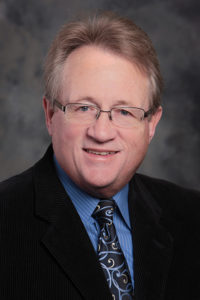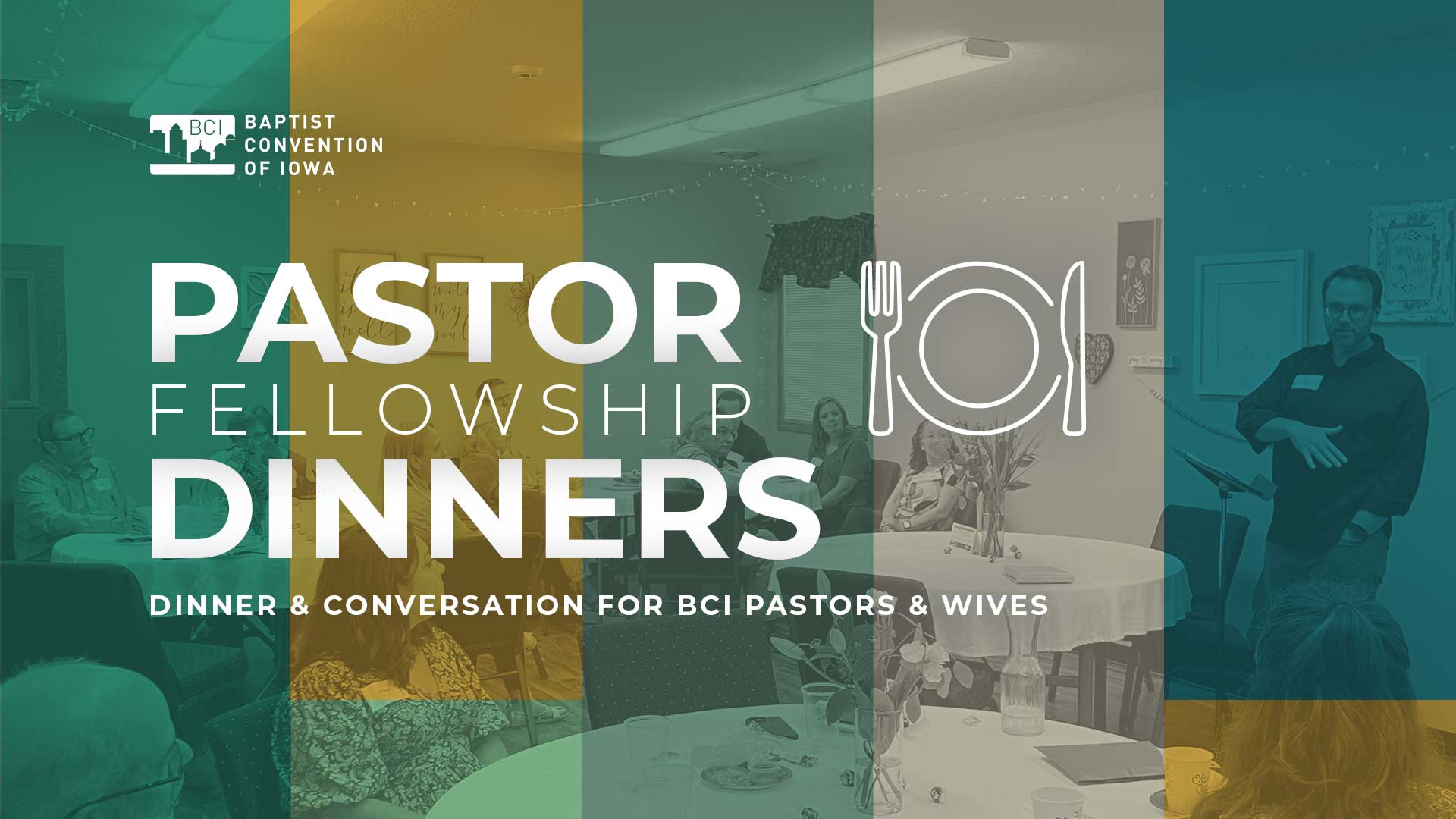By Randy L. Bennett
BAKERSFIELD, Calif. (BP) — It failed. Then it worked out far better than anyone could have imagined.
Here’s the story of what befell Southern Baptists in the 1920s, yet ultimately emerged in a different form and succeeded as the Cooperative Program.
Back in the mid-1980s Southern Baptists tried an interesting but questionable stewardship campaign called “Planned Growth in Giving.” Instead of challenging believers to tithe — the biblical practice of giving 10 percent of their income to the local church — the campaign suggested that new givers start with a lesser percent and gradually move toward 10 percent. After only a few years the campaign was dropped. Pastors and members alike simply did not believe that advocating anything less than a tithe was biblical.
The best thing that came out of the campaign, however, was a book titled “Cooperation: The Baptist Way to a Lost World” by father-daughter Cecil Ray and Susan Ray. The book, which is still available on Amazon, tells the history of Southern Baptists from their beginning as they struggled to find a way to give money to Baptist causes in order to create a well-rounded and functional foundation for missions and evangelism.
To recap the book, it describes the convention’s use of the 19th-century pattern known as “society” type giving in which individual churches and individual believers pledged various amounts of money to mission societies. These societies, stemming from the work of missions pioneer William Carey, were organized around specific causes. Our Southern Baptist colleges and seminaries fell under the category of a society as did the Foreign Mission Board and Home Mission Board.
The best speakers who represented the most interesting projects received the highest pledges, yet they came with a cost. In 1883 the Home Mission Board, for example, reported that 53 cents of every dollar went to pay the solicitors’ salaries and expenses. Although society type mission giving was better than previous attempts to fund God’s work, it fell far short of creating a sustainable foundation for a worldwide missions program.
In 1919 the convention’s missionary enterprise was in dire straits. The Foreign Mission Board was millions of dollars in debt with no real way to pay it off. Church members and pastors alike were weary of the constant appeals for money from across Southern Baptist life. Society type mission giving simply was not consistent enough to support the Southern Baptist missions vision. It was fine for smaller, regional works but not for a worldwide work.
So that year, in spite of having a reputation for internal bickering, Southern Baptists voted to enter a new fundraising campaign, the Seventy Five Million Campaign. This five-year pledge campaign challenged every Southern Baptist to give a consistent amount of money to the funding plan.
Everyone got behind the initiative. L.R. Scarborough, president of Southwestern Baptist Theological Seminary, was granted a leave of absence to serve as general director. He traveled across the country promoting the campaign. Every church and association had a campaign director. Part of the campaign was finding those God had called to missions and the ministry — 20,000 people volunteered! When all the pledges came in, $92,630,923 was pledged. Everyone rejoiced across the country. When the dust settled, $58,591,713 was actually given — $34 million short of the pledges and $17 million short of the goal.
What was the short-term effect of the Seventy Five Million Campaign? Many Baptist entities had borrowed against the promised pledges and were in worse debt than before. Although many Baptists declared the campaign a failure, the Holy Spirit had taught Southern Baptists some key lessons. The Home Mission Board received $6.6 million compared to $8.1 million received in its preceding 74 years combined. The Foreign Mission Board received $11.6 million compared to $12.5 million in all the previous years. Colleges, associations and other organizations received millions of dollars.
What was the lasting effect of the Seventy Five Million Campaign? The true success of the dramatic experience was in the transforming discovery of cooperation. Baptists learned the power of cooperative giving and the power of working together as a whole.
The 1920 minutes of the Baptist State Convention of North Carolina, for example, called the campaign “a glorious success,” saying, “It cracked a shell” over the standard way of giving “and new resources have broken out among us for our Lord’s work. It demonstrated the power of the unified appeal to our Baptist work. We shall never be afraid to depend upon that in a large way from now on.”
A few years later at the 1925 Southern Baptist Convention annual meeting, messengers adopted a radical new approach — the Cooperative Program — based on the lessons learned from the Seventy Five Million Campaign, with a goal of each church giving 10 percent or more to fund state, national and international missions and ministries. The term “undesignated giving” is used to encompass the tithes and offerings received each week for the church’s ministry, personnel and upkeep expenses, for the Cooperative Program and for the local Baptist association. Designated gifts for things such as building funds or love offerings were not included in the Cooperative Program giving total.
With the advent of the Cooperative Program, churches would no longer be inundated by constant appeals for money from mission societies and other entities. Now, only four “society type” offerings remain to help advance Southern Baptist causes: 1) the Lottie Moon Christmas Offering for International Missions, created in 1888 and named in honor of the pioneer missionary to China in 1918, 2) the Annie Armstrong Easter Offering for North American Missions, created in 1895 and named for the first leader of Woman’s Missionary Union in 1934; 3) state missions emphasis offerings each fall and 4) Baptist association emphasis offerings each May.
Consistent giving through the Cooperative Program in tandem with the special offerings has led to 90 years of unimaginable growth among Southern Baptists, providing the basic budget for each SBC entity and advancement money for church planting and church strengthening at home and around the world.
Here in the 21st century, we need to embrace the Cooperative Program now more than ever. Amid a movement toward independent giving by a number of our churches, we need to undergird and broaden the overall impact of our mission to reach people for Christ around the world.
Not only do we need to support the Cooperative Program, Southern Baptists need to rediscover the whole concept of cooperation. There needs to be a three-way “cooperative” partnership between the Southern Baptist Convention, the state conventions and each area’s Baptist association. At the core of the Cooperative Program is a 400-year-old truism: “We can do more together than separately.” As Baptist pastors gathered in London for prayer and fellowship at the time, they eventually came to this truth. As a result of this new understanding, the Baptist association was developed followed by the state and national conventions.
What does the local church need to do in response to the need for cooperative giving? Consider three things for starters: 1) Create a unified budget every year that includes both local church spending and missionary giving goals. 2) Train people to be generous givers and to tithe. Tithing needs to be preached from the pulpit as well as modeled by the pastor and all church leaders. Tithing, along with money management, needs to be taught in small groups and special training seminars. 3) Help people learn how and why we support the Cooperative Program. Invite SBC associational, state, International Mission Board and NAMB missionaries to your church on a regular basis to convey a clear picture of what is involved in mission giving. Assign some group in your church the task of educating the church on the SBC way of doing missions.
From the largest to the smallest church, consistent giving reaps great rewards for our state, national and worldwide missionary work as Southern Baptists. The key is to start where you are and build from there for the glory of God and the redemption of lost souls.
Randy L. Bennett is director of missions for the Kern County Southern Baptist Association in Bakersfield, Calif., and immediate past president of the California Southern Baptist Convention. “Cooperation: The Baptist Way to a Lost World” by Cecil Ray and Susan Ray, published by the SBC’s former Stewardship Commission in 1985, remains available on Amazon.








